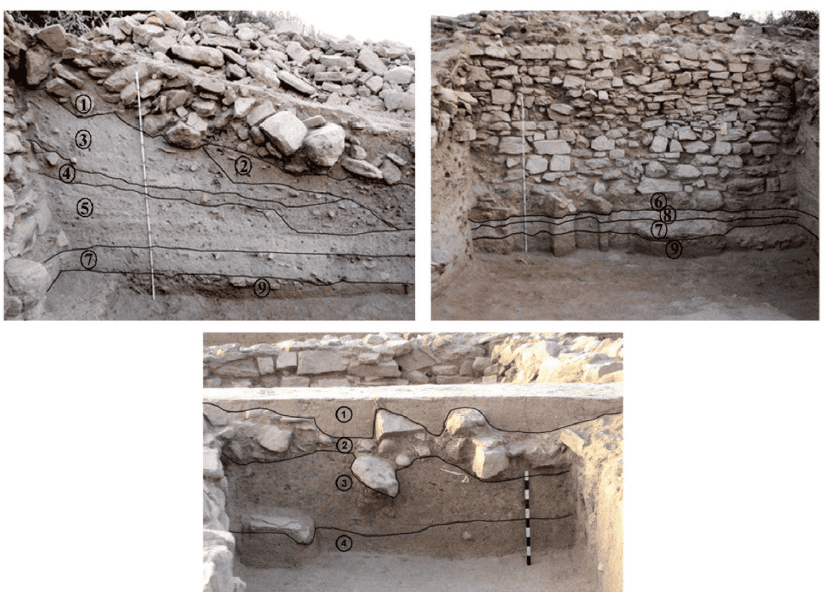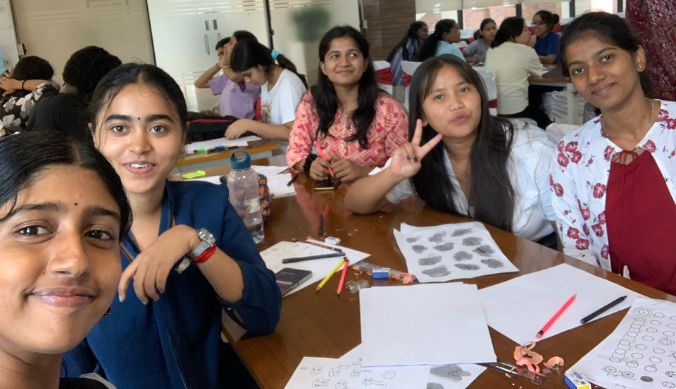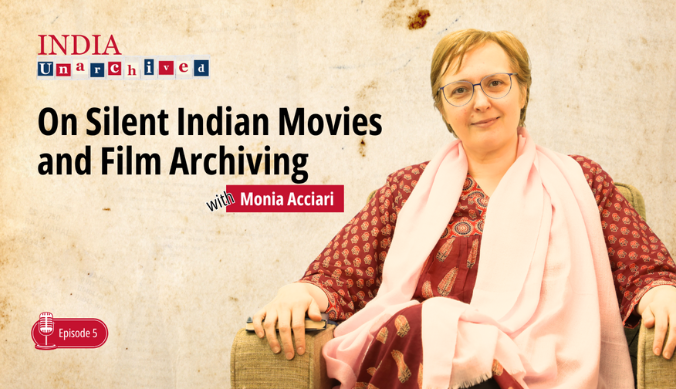Archaeological Waste Analysis: Insights into Rural Indus-Era Gujarat
This archaeological study led by Kalyan Sekhar Chakraborty, Assistant Professor of History, Ashoka University aimed to investigate the waste management practices at the rural Indus settlement of Kotada Bhadli, in present day Gujarat. The study offers a unique glimpse into the lives of one of the earliest civilizations, the Indus Valley Civilisation.
One thing that is well known about humans is how much waste they produce. Have you ever wondered how societies that lived thousands of years ago managed their waste in the absence of modern technologies and kept their settlements clean to prevent illness and unpleasant smells? Archaeological studies revolve around discarded waste like artifacts, food remains, unwanted materials, either lost accidentally or disposed of intentionally. These waste materials are subjected to recycling or possible reuse by different people at different times. By examining these ancient waste, archaeological research gives insight into how humans in ancient societies interacted with their surrounding environment through beliefs, and political and socio-economic practices.
A recent research study led by Kalyan Sekhar Chakraborty, Assistant Professor of History, Ashoka University aimed to discover the waste management practices of the rural settlements of one of the world’s earliest urban civilizations, the Indus Valley Civilization. While much research has highlighted the waste management systems in urban centers of the Indus Valley, there is limited information available about the practices in rural settlements where resources are limited. By bridging this gap of knowledge, our understanding of the differences between urban-rural setup within the civilization can be enhanced. Hence, this study tried to answer some specific questions – What types of waste were produced and how were they disposed of? How does the composition of waste and its disposal practices reflect the settlement’s socio-economic organization? How do these practices differ to those in the urban settlements?
Prof. Nayanjot Lahiri emphasizes the significance of such research: “Hardly any studies in India have been done on archaeology of waste management practices. By recovering the disposal practices at the Harappan site of Kotada Bhadli, Kalyan Sekhar Chakraborty has provided an excellent model which can be followed elsewhere.“
To answer these questions, the researchers employed a multidisciplinary and multiproxy approach to understand the ancient ecological conditions and examine the waste disposal at the rural Indus settlement of Kotada Bhadli, located in present day Gujarat. An amalgamation of various archaeological practices consisting of radio-carbon dating, plant and animal residue analysis (phytolith and spherulite analysis) and evaluation of the soil chemistry (elemental and stable carbon and nitrogen isotope analysis of soil sediments), the approach helped reconstruct the sources of the waste in Kotada Bhadli during 2300 BCE and 1900 BCE.
The waste in the settlement under study was primarily found to be burned animal feces and vegetation, domestic waste materials such as broken pottery, tools, jewelry, housing materials, and possibly broken furniture and wooden objects, along with dietary wastes like animal bones and plant refuse.
It was found that wood for fuel was scarce hence feces was the primary domestic fuel source. The study proposed that waste along with ash residues from domestic and occupational fire related activities was disposed of systematically at specific locations, along the settlement wall as defined by the community. Various wastes including unused feces were also periodically burned in this location. These practices of waste disposal indicate that the inhabitants were concerned with keeping their settlement clean by discarding waste at the edge of the settlement and then burning them to reduce odor and infectious disease.
Ash debris was found on the inner as well as outer face of the settlement wall, but they were completely absent inside the residential area, suggesting communal efforts in maintaining the residential area clean. While regular domestic and agricultural activities could lead to the production of these ash debris, the possibility that ritual or ceremonial activities involving fire within the settlement cannot be ruled out completely. However, it is uncertain whether these ritualistic practices required a special waste disposal that kept the ash debris inside the settlement, rather than disposing them outside the settlement.

Additionally, the presence of large amounts of burned feces and fodder indicates that one of the primary economic activities of the inhabitants was sedentary to semi-sedentary pastoralism. It was also found that unlike the urban settlements of the Indus valley civilization with complex drainage and waste management systems, Kotada Bhadli employed a simpler and systematic waste management approach, organized by the community and households.
Overall, this study reconstructed an understanding of the natural, physical and cultural environment and examined how the residents of the settlement utilized the surrounding landscape to meet their domestic and occupational needs. It gives you a peek into the everyday lives of one of the world’s earliest civilizations, suggesting that rather than mere discarded materials, waste can be a valuable resource for understanding past lives.
Written by Kangna Verma and Yukti Arora, Academic Communications, Research and Development Office, Ashoka University
Reference article : To waste or not to waste: a multi-proxy analysis of human-waste interaction and rural waste management in Indus Era Gujarat
Authors: Kalyan Sekhar Chakraborty, Sheahan Bestel, Mary Lucus, Patrick Roberts, Prabodh Shirvalkar, Yadubirsingh Rawat, Thomas Larsen & Heather M. -L. Miller
Study at Ashoka













